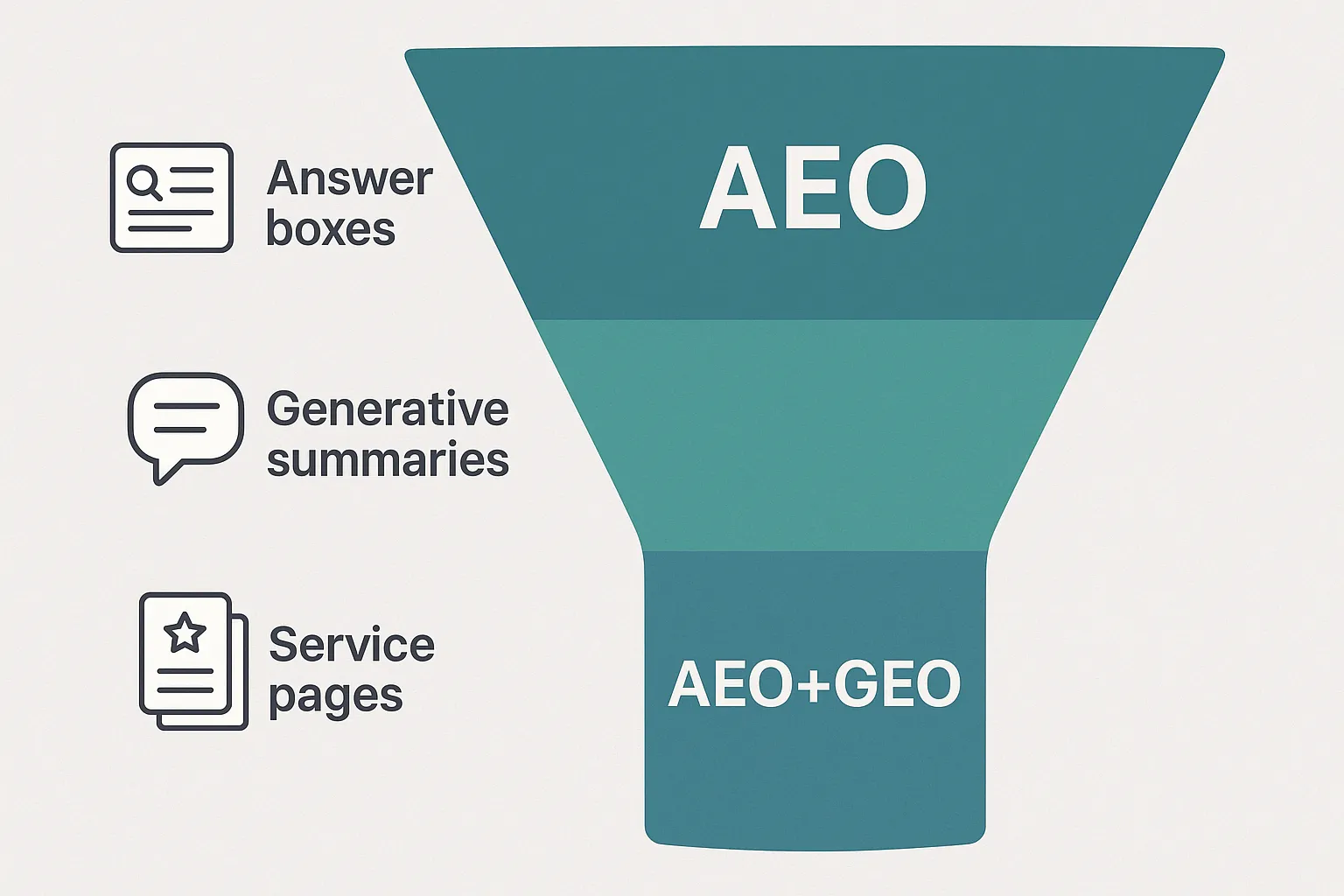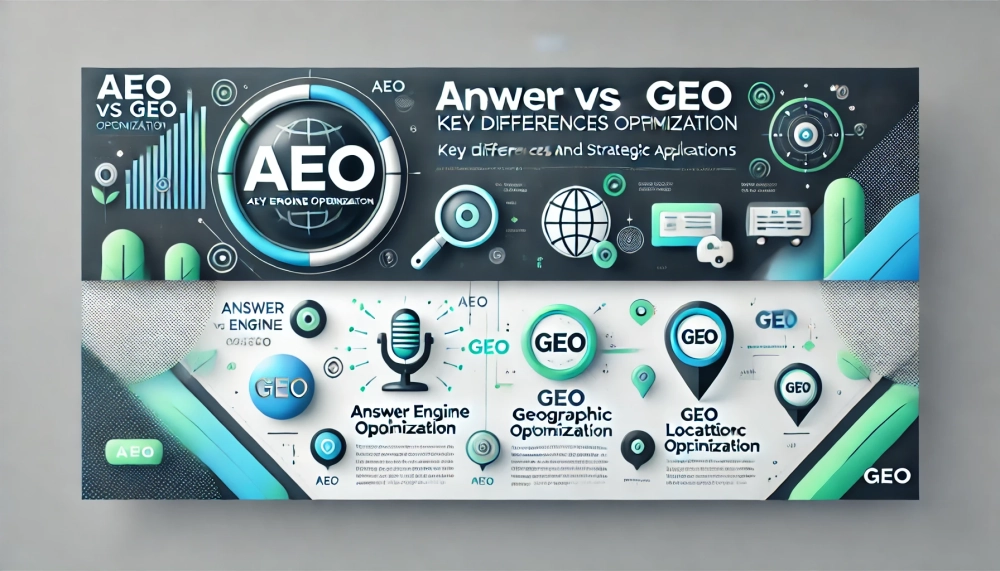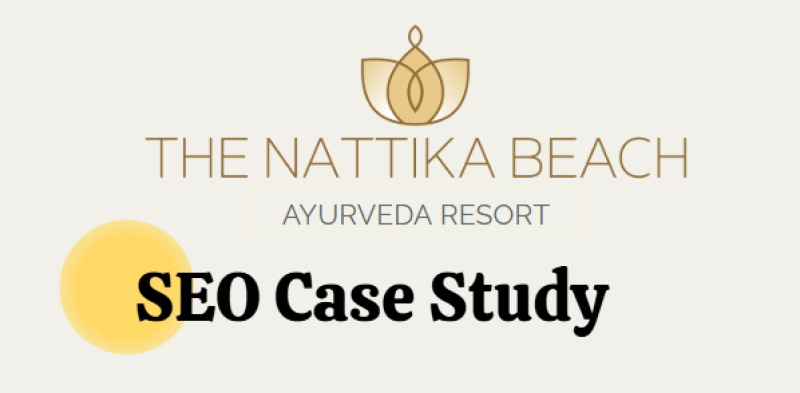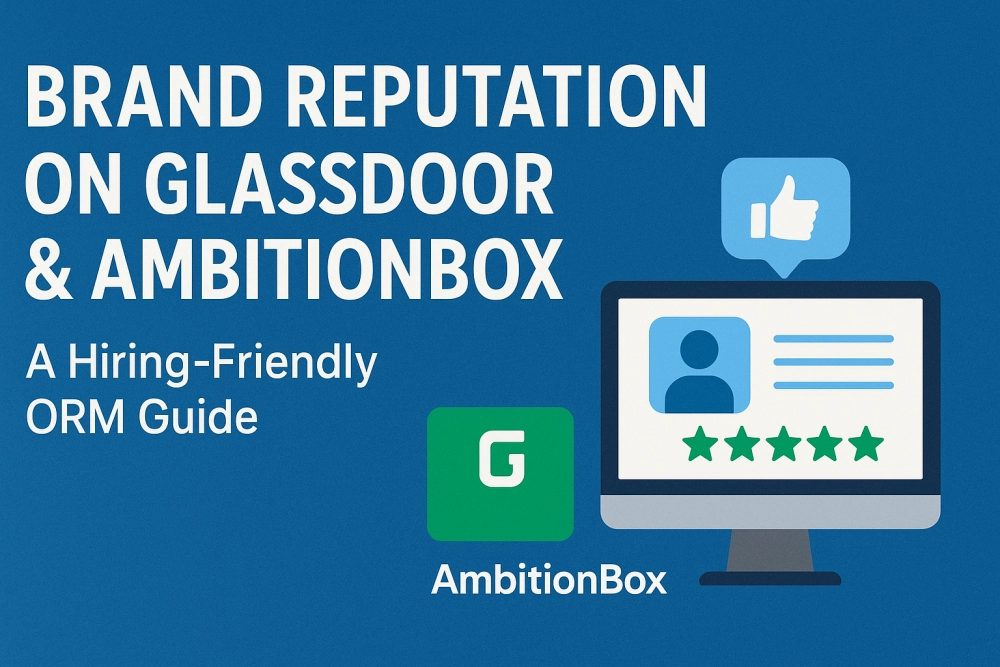AEO vs GEO: Key Differences and Strategic Applications

Search is changing faster than most marketing teams can update their editorial calendars. Classic ten-blue-links are giving way to direct answers, voice responses, and AI-generated snapshots that pull information from multiple sources in real time. To stay visible, brands now need to master two distinct but complementary disciplines: Answer Engine Optimization (AEO) and Generative Engine Optimization (GEO). Understanding how they differ—and when to apply each—can make the difference between owning the conversation and watching traffic evaporate.
AEO: Optimizing for Direct Answers
Answer Engine Optimization focuses on getting your content selected as the single best response to a query inside answer boxes, featured snippets, voice assistants, and “People Also Ask” results. Instead of persuading users to click through, AEO persuades the engine that your page can resolve intent immediately.
Key characteristics of AEO:
- Targets structured, fact-based queries (what, who, how many, when).
- Relies on concise, well-formatted answers—typically 40–55 words for paragraph snippets or lists/tables that fit on screen.
- Rewards schema markup (FAQPage, HowTo, Article) and clear heading hierarchy so algorithms can extract answers confidently.
- Success metrics: presence in featured snippets, voice assistant share of voice, click-through rate from answer boxes.
A 2024 study by Semrush found that featured snippets appear in roughly 19 percent of desktop queries and 21 percent of mobile queries worldwide. Securing one can siphon up to 35 percent of all clicks for that keyword.
GEO: Optimizing for Generative Summaries
Generative Engine Optimization is newer and less codified. It addresses how large language models (LLMs) such as Google’s Search Generative Experience (SGE), Bing Copilot, and Perplexity AI curate long-form, multi-source answers. GEO’s goal is to become one of the cited sources or the underlying training references that LLMs use when producing narrative responses.
Key characteristics of GEO:
- Targets exploratory or opinion-seeking queries (best strategies, pros and cons, comparisons).
- Values depth, expertise, and originality—content that offers analysis, first-party data, or unique perspectives.
- Heavily influenced by entity signals (author expertise, brand reputation, citations from authoritative domains, high engagement metrics).
- Success metrics: citation frequency in AI snapshots, traffic from conversational search portals, brand mentions in model outputs.
Research published by Gartner in May 2025 predicts that by 2027, generative engines will drive 20 percent of organic traffic for B2B tech sites—up from less than 2 percent in 2023. Getting GEO right now is an early-mover advantage.
AEO vs GEO at a Glance
| Dimension | AEO (Answer Engine) | GEO (Generative Engine) |
|---|---|---|
| Primary user intent | Instant factual answer | Exploratory learning or decision support |
| Content length | 40–100 words or concise list | 800–2,000-word in-depth analysis, multimedia |
| Format focus | Structured data, FAQs, tables | Narrative enriched with stats, charts, expert quotes |
| Technical levers | Schema markup (FAQPage, HowTo) Page speed Clear H1–H3 document outline | Entity linking Author profiles with E-E-A-T signals Citations and outbound references |
| Visibility surfaces | Google featured snippet, PAA boxes, Alexa/Siri answers | SGE snapshots, Bing Copilot “Learn more” cards, Perplexity sources |
| KPIs | Snippet share, voice assistant impressions, zero-click visibility | Citation count in AI answers, assisted conversions, branded search lift |
Strategic Applications Along the Funnel
Top of Funnel (TOFU)
- Users ask definition-style questions: What is omnichannel marketing?
- AEO shines here. Providing the clearest definition secures the answer box and introduces your brand.
Middle of Funnel (MOFU)
- Queries shift to comparisons: omnichannel vs multichannel pros and cons.
- GEO becomes valuable. A nuanced, data-backed article is more likely to feed a generative summary that recommends your guide.
Bottom of Funnel (BOFU)
- Users evaluate providers: best digital marketing agency in Chennai for omnichannel campaigns.
- Combine both: an optimized service page can capture local AEO snippets (address, ratings) while a thought leadership piece influences AI summaries that list recommended agencies.

Implementing AEO: A Quick-Start Checklist
- Identify answer-style keywords with question modifiers (who, what, where, how). Tools like AlsoAsked or Semrush’s PAA report help.
- Create a direct answer block immediately after the H1. Keep it under 55 words.
- Add supporting details below so visitors still find value after the snippet.
- Mark up pages with FAQPage or HowTo schema.
- Compress images, enable lazy loading, and host on HTTPS to improve page speed (a ranking factor for all snippet types).
Internal resource: Our article on top mistakes to avoid with subdomains or subfolders shows proper use of FAQ schema in action.
Implementing GEO: A Framework for 2025
Entity Building
- Publish consistent author bios linking to LinkedIn and industry contributions.
- Secure mentions from trusted publications; even a single interview in YourStory can improve entity recognition.
Content Depth
- Aim for information gain—data or perspectives not yet indexed widely. Proprietary survey results, case studies, or client benchmarks work well.
- Include varied media: charts, infographics, short code snippets, podcasts. LLMs reward multimodal richness.
Citation Engineering
- Use academic-style referencing with source links near statistics. LLMs learn association between your brand and authoritative numbers.
- Mention competing viewpoints fairly; balanced coverage often gets selected for generative overviews.
Prompt Exploration
- Periodically ask Bing Copilot or Google SGE for target queries. Note whether your domain appears. Adjust content angles and anchor text until citations show up.
Trust Signals
- Showcase certifications, awards, and client logos. Google’s Quality Raters Guidelines emphasize trust for inclusion in AI answers.
Measuring Success When Clicks Aren’t Obvious
Traditional analytics miss part of the picture because AEO delivers many “zero-click” impressions and GEO traffic may arrive through secondary branded searches. Combine these approaches:
- Google Search Console → Performance → Search Appearance → Rich results to track featured snippet impressions.
- Bing Webmaster Tools → AI Snapshots (beta) for citation metrics.
- Brand monitoring tools (Meltwater, Mention) to log occurrences of your domain in AI chat transcripts.
- Correlate spikes in direct traffic or branded queries with updates to long-form GEO content.
| KPI | Tool | Why It Matters |
|---|---|---|
| Featured snippet impressions | Search Console | Gauge AEO reach and zero-click visibility |
| Citation frequency in SGE | Manual queries, Bing AI dashboard | Primary success metric for GEO |
| Branded search growth | Search Console, GA4 | Indicates generative exposure converting to brand interest |
| Assisted conversions | GA4 model comparison | Quantifies revenue influenced by zero-click or generative touchpoints |
Future Outlook: Preparing for 2026 and Beyond
- Multimodal answers: Google is testing video-rich snippets and audio responses. Expect AEO to require video transcripts and alt-text optimization.
- Personalized generative results: Search engines may tailor summaries to a user’s past behavior. First-party data, consent frameworks, and CRM integration will intersect with GEO.
- Regulation: India’s forthcoming Digital India Act and the EU AI Act both emphasize transparency of AI sources. Brands with clear citation standards will benefit.

Bringing It All Together
Answer Engine Optimization and Generative Engine Optimization are not rival strategies—they are sequential layers of the same visibility stack. AEO secures the quick answers that feed voice assistants and zero-click boxes. GEO ensures your deeper expertise surfaces when AI copilots craft nuanced explanations. Brands that invest in both build a defensive moat against traffic loss and an offensive channel for authority building.
If your in-house team is juggling daily campaigns and cannot keep pace with algorithm shifts, Gilead Digital can help. Our Chennai-based SEO services team already optimizes content for featured snippets and SGE citations, using proprietary schema templates and entity mapping frameworks. Explore how we bridge AEO and GEO inside a unified digital marketing strategy or call +91 90031 16482 to discuss a tailored roadmap.
Stay ahead of the engines—before they rewrite the rules again.






